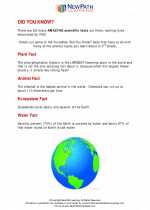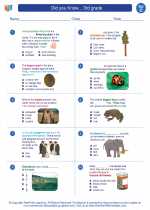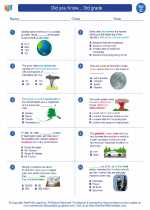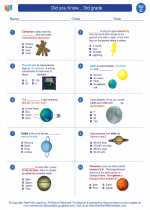Glacial Erosion
Glacial erosion is the process by which glaciers carve, scratch, and grind the Earth's surface as they move. Glaciers are massive sheets of ice that form from compacted snow and ice over long periods of time. As they move across the landscape, they erode the land through several processes, including plucking, abrasion, and quarrying.
Processes of Glacial Erosion
- Plucking: This is the process by which glaciers pick up rocks and debris as they move over the land. As the glacier moves, it pulls rocks and sediments from the ground, which become incorporated into the ice.
- Abrasion: Glaciers also erode the land through abrasion, which occurs when the rocks and debris embedded in the ice scrape and scratch the underlying bedrock.
- Quarrying: When glaciers move over the land, they can break off large pieces of rock from the bedrock, a process known as quarrying. These large pieces of rock, called glacial erratics, can be transported and deposited in different locations as the glacier retreats.
Landforms Created by Glacial Erosion
Glacial erosion results in the formation of various landforms, including:
- U-shaped valleys: Glaciers carve out U-shaped valleys as they flow downhill, eroding the sides and bottom of the valley.
- Glacial cirques: These are bowl-shaped depressions carved out by the erosive action of glaciers at the head of a valley.
- Arêtes and horns: These are sharp, jagged ridges and peaks formed by the erosion of multiple glaciers on a mountain.
- Glacial erratics: These are large boulders transported and deposited by glaciers, often in locations far from their original source.
Study Guide
To understand glacial erosion, it's important to study the following key concepts:
- Define glacial erosion and explain the processes involved.
- Describe the landforms created by glacial erosion, including U-shaped valleys, glacial cirques, arêtes, horns, and glacial erratics.
- Compare and contrast the mechanisms of glacial erosion with other forms of erosion, such as water and wind erosion.
- Explain the significance of glacial erosion in shaping the Earth's landscape and influencing geological features.
By mastering these concepts, you will gain a comprehensive understanding of glacial erosion and its impact on the Earth's surface.
.◂Science Worksheets and Study Guides Third Grade. Did you Know... 3rd grade
Study Guide Did you Know... 3rd grade
Did you Know... 3rd grade  Worksheet/Answer key
Worksheet/Answer key Did you Know... 3rd grade
Did you Know... 3rd grade  Worksheet/Answer key
Worksheet/Answer key Did you Know... 3rd grade
Did you Know... 3rd grade  Worksheet/Answer key
Worksheet/Answer key Did you Know... 3rd grade
Did you Know... 3rd grade 

 Worksheet/Answer key
Worksheet/Answer key
 Worksheet/Answer key
Worksheet/Answer key
 Worksheet/Answer key
Worksheet/Answer key

The resources above cover the following skills:
LIFE SCIENCE
Unity and Diversity
Construct an argument from evidence to explain the likelihood of an organism’s ability to survive when compared to the resources in a certain habitat (e.g., freshwater organisms survive well, less well, or not at all in saltwater; desert organisms survive well, less well, or not at all in woodlands).
Create models that illustrate how organisms and their habitats make up a system in which the parts depend on each other.